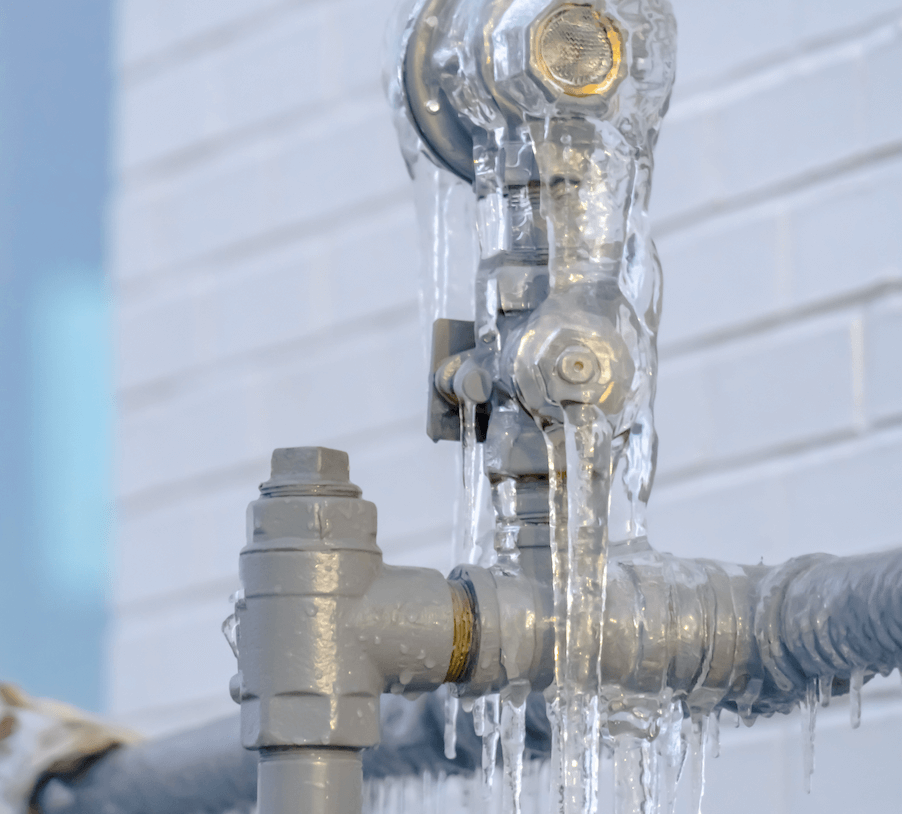Advice for Preventing Frozen Pipes in Cold Weather: Specialist Insights
Advice for Preventing Frozen Pipes in Cold Weather: Specialist Insights
Blog Article
This article down below on the subject of How to Prevent Your Pipes From Freezing is fairly intriguing. Give it a try and make your own conclusions.

Winter can wreak havoc on your plumbing, especially by freezing pipelines. Below's just how to prevent it from occurring and what to do if it does.
Introduction
As temperatures drop, the risk of icy pipes rises, possibly resulting in pricey repairs and water damages. Recognizing exactly how to prevent icy pipes is critical for home owners in cool environments.
Comprehending Frozen Pipelines
What causes pipelines to freeze?
Pipelines freeze when subjected to temperatures below 32 ° F (0 ° C) for expanded periods. As water inside the pipelines ices up, it expands, taxing the pipe walls and possibly causing them to burst.
Dangers and problems
Frozen pipes can cause water supply interruptions, building damage, and expensive repair services. Ruptured pipelines can flooding homes and create extensive structural damage.
Signs of Frozen Pipeline
Determining frozen pipes early can avoid them from rupturing.
Exactly how to determine frozen pipes
Look for decreased water circulation from taps, uncommon smells or noises from pipelines, and visible frost on revealed pipes.
Prevention Tips
Protecting vulnerable pipelines
Cover pipelines in insulation sleeves or make use of heat tape to safeguard them from freezing temperatures. Focus on pipes in unheated or exterior areas of the home.
Heating techniques
Keep interior rooms appropriately heated up, specifically areas with pipes. Open cupboard doors to permit warm air to distribute around pipelines under sinks.
Safeguarding Outside Pipes
Garden hose pipes and exterior taps
Disconnect and drain garden pipes prior to winter. Install frost-proof spigots or cover outside faucets with protected caps.
What to Do If Your Pipelines Freeze
Immediate activities to take
If you believe icy pipelines, maintain taps open up to relieve stress as the ice thaws. Utilize a hairdryer or towels soaked in hot water to thaw pipes gradually.
Long-Term Solutions
Structural modifications
Take into consideration rerouting pipelines far from outside walls or unheated areas. Include additional insulation to attics, cellars, and crawl spaces.
Updating insulation
Purchase premium insulation for pipes, attic rooms, and walls. Correct insulation assists maintain regular temperatures and decreases the risk of icy pipes.
Verdict
Avoiding frozen pipelines needs aggressive measures and quick reactions. By comprehending the reasons, indications, and safety nets, house owners can secure their pipes during cold weather.
6 Proven Ways to Prevent Frozen Pipes and Protect Your Home
Disconnect and Drain Garden Hoses
Before winter arrives, start by disconnecting your garden hoses and draining any remaining water. Close the shut-off valves that supply outdoor hose bibs and leave the outdoor faucet open to allow any residual water to drain. For extra protection, consider using faucet covers throughout the colder months. It’s also important to drain water from any sprinkler supply lines following the manufacturer’s directions.
Insulate Exposed Pipes
Insulating your pipes is an effective way to prevent freezing. Pipe insulation is readily available at home improvement stores and is relatively inexpensive. Pay close attention to pipes in unheated areas such as the attic, basement, crawl spaces, or garage. Apply foam insulation generously to create a buffer against the cold. You can also wrap your pipes in heat tape or thermostat-controlled heat cables for added warmth.
Seal Air Leaks
Inspect your home for any cracks or openings that could let in cold air. Seal any holes around the piping in interior or exterior walls, as well as the sill plates where your home rests on its foundation. Additionally, make sure to keep your garage door closed unless you’re entering or exiting. Leaving it open creates a significant air leak that can lead to frozen pipes.
Allow Warm Air Circulation
During cold snaps, it’s essential to allow warm air to circulate evenly throughout your home. Leave interior doors ajar to promote better airflow. Open kitchen and bathroom cabinets to help distribute heat consistently around the rooms. If you have small children or pets, be sure to remove any household chemicals or potentially harmful cleaners from open cabinets for safety.
Let Faucets Drip
A small trickle of water can make a big difference in preventing ice formation inside your pipes. When temperatures drop significantly, start a drip of water from all faucets served by exposed pipes. This continuous flow helps prevent the water from freezing. Additionally, running a few faucets slightly can relieve pressure inside the pipes, reducing the chances of a rupture if the water inside does freeze.
https://choateshvac.com/6-proven-ways-to-prevent-frozen-pipes-and-protect-your-home/

We hope you enjoyed reading our excerpt on Preventing and dealing with frozen pipes. Many thanks for taking time to read our piece of content. Don't hesitate to pause to promote this post if you liked it. I value your readership.
Prices & Booking Report this page